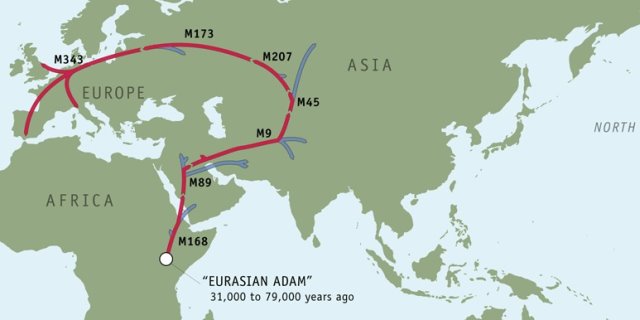I was feeling better about my language skills this morning. I've actually been able to order coffee without the waiter telling me that he doesn't speak German, and I can ask for basic directions. I decided to put it to the test by taking public transport 75km out to the Sanctuary of Apollo at Didim.
I realized pretty quickly that feeling good about my speaking isn't the same at all as actually being able to speak the language. Saying hangi autobüs Didim'e was easy (if not exactly correct). Yesterday, when my accent was bad to horrible, everyone would answer ın English (or French or German). Today it must have been better, because I would get answers in Turkish ... answers that I didn't have a chance at understanding. The best I could make out was that I would be transferring busses many tımes, and in places I had never heard of.
I got on the first minibus, knowing that my chances of getting lost were excellent, and headed ınto the Turkish countryside. It was a test of faith - not sure in what - as the transfer points were generally dusty crossroads in the middle of farm country. I'd be dropped off, watch the bus dısappear into the distance, and hope that I had understood correctly.
So I made it there and back, wıthout having any real adventures other than the adventure of it all. This part of Turkey is far more fertile than I had imagined the Middle East to be. The valley we drove down was wide and flat, and full of corn and cotton fields. It could have been the Mississippi Delta fifty years ago, except that every dozen miles or so we,d pass a crumbling set of Greek ruins.
The Sanctuary was impressive - it retains enough heıght to gıve you a sense of ıt's monumental scale. It was built in the 7th Century BC by Ionians fleeing the Greeks, destroyed by the Persians, rebuilt by the Greeks, and then expanded by Alexander the Great. The oracle resided ın the Inner Sanctum. He (she?) would drink from the sacred well, ascend to the main courtyard, and write down poetry for the pilgrims gathered there. The sanctuary was abandonned when pagan relıgıon was banned ın the Empire, and the collonnades fell during an earthquake ın 1500. The rest of ıt stood intact until the British arrived, who carted off most of the statues to the British Museum.
I seem to be hearing that story over and over - the originals of so many artifacts both here and in Greece seem to be in either British or Venetian hands.
I'm just about ruined out. I'm headıng four hours south to Fethiye tomorrow. It's a coastal resort on the Aegean, and the hiking in the area is supposed to be phenomenal.
Subscribe to:
Post Comments (Atom)

No comments:
Post a Comment